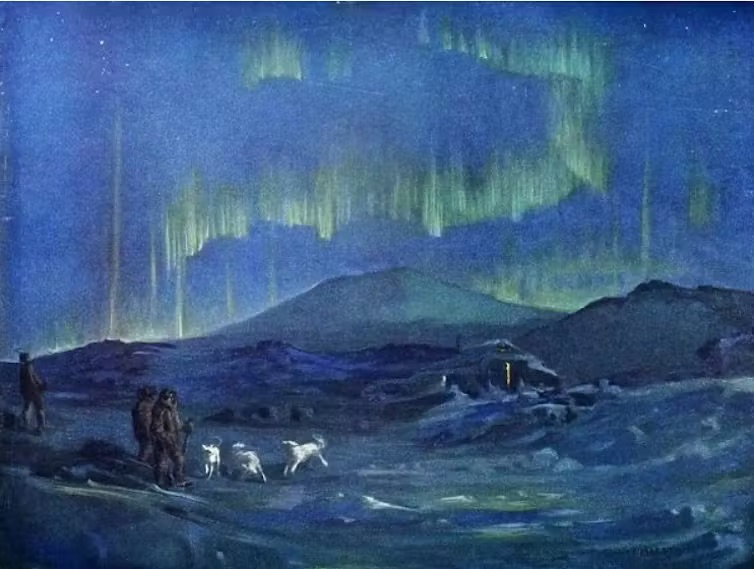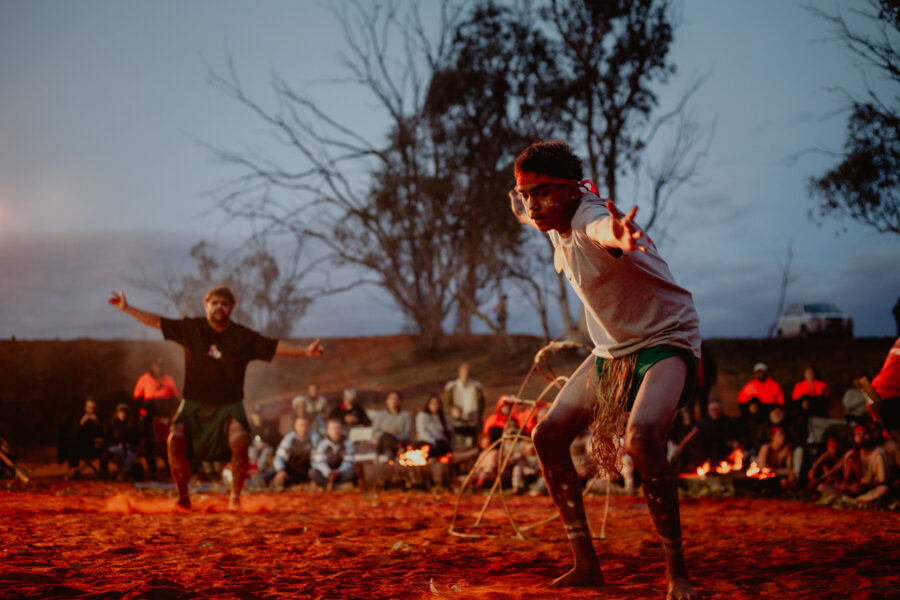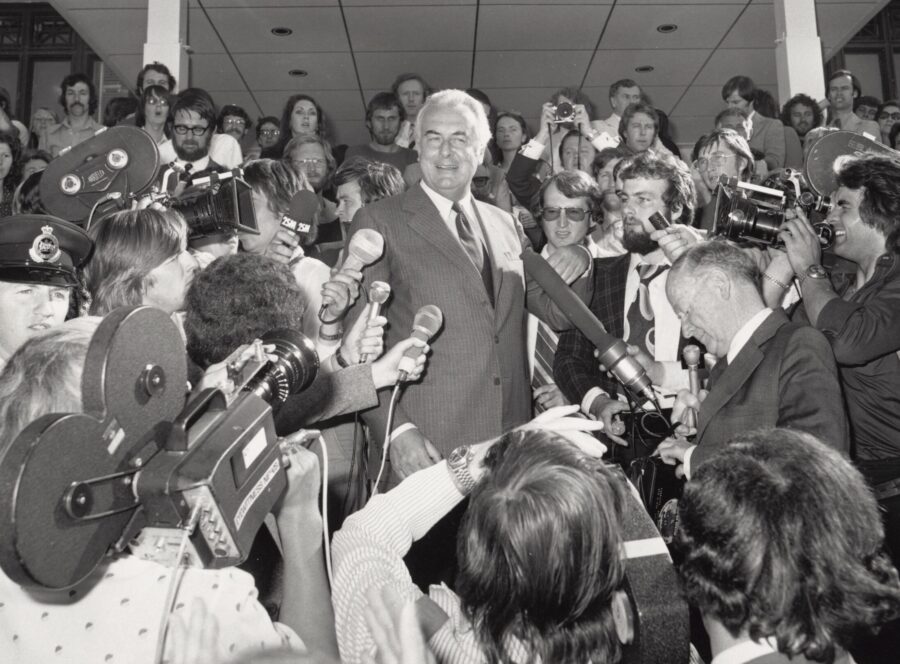Top 10 heroic animal stories in Australia
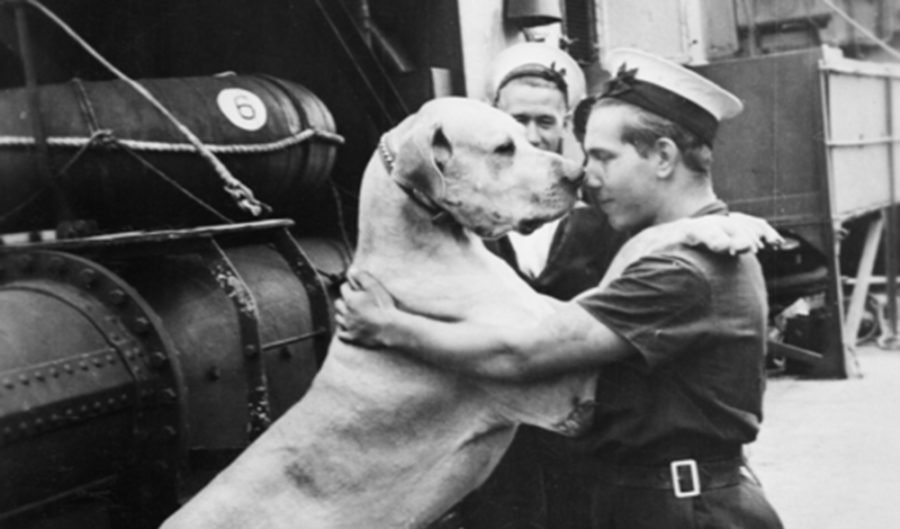
HUMANS AND ANIMALS have co-existed for tens of thousands of years. Recent research even suggests the origin of human and animal co-evolution may date as far back as 32,000 years. Throughout history, animals have demonstrated astonishing companionship to humans, at times even compromising their own safety to save a person’s life. The emotional bond between humans and animals is extraordinary, yet also scientifically mysterious.
“It’s very hard for us to prove scientifically that pets are protective of their owners,” says Dr Kate Mornement, Melbourne-based animal behaviourist and pet psychologist at Pets Behaving Badly. “But anecdotally, you can see evidence of it with war animals and even pets that alert their owners of danger or seek help.”
In cases where animals demonstrate a propensity to protect their owner or handler, it appears there is a strong emotional connection between the two, says Kate. Although dogs are more likely to have a close relationship with humans, they aren’t the only animal with this potential.
“Dogs are very finely tuned to our emotions and behaviours, as they are a species we have had a very long time to co-evolve with,” says Kate. “But, there are lots of examples of stories where not just dogs, but other animals have helped people. I believe it has to do with the bond the animal has shared with that person.”
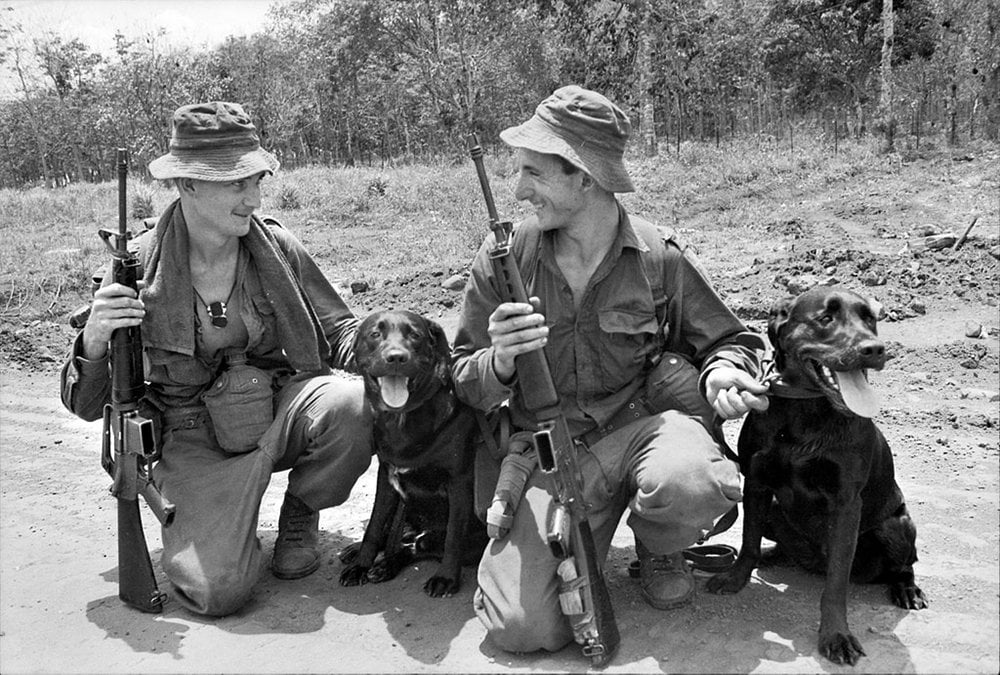
Black Labrador tracker dogs with their handlers in Vietnam, 1967. (Image: Bryan Campbell / AWM)
Particularly, troops and war animals, such as dogs, develop a deep sense of trust because they share a mutual need for one another on the battlefield, Kate says. For example, animals use their keen senses, such as sound and smell, to sniff bombs or detect enemy aircrafts – jobs that go beyond human capability.
However, even pets that haven’t gone through intensive war training have shown similarly remarkable tendencies to sense danger and protect their owners. Many of these animals have been awarded the RSPCA Purple Cross Award, the highest award of animal bravery. The Purple Cross has only been awarded to nine animals since its establishment in 1993.
Whether or not we can scientifically uncover the details of the complex human-animal relationship, we can still marvel at stories of animal bravery.
Here are 10 heart-warming stories about heroic animals in Australia to celebrate the courage of our furry friends.
1. Fizo, the snake-slayer
Fizo, an eight-year-old terrier and Australia’s very first recipient of the RSPCA Purple Cross award nearly died in his efforts to save three young children.
According to the 1996 Associated Press report, Fizo leaped off a balcony and attacked a snake that was dangerously close to his owner and two playmates. Fizo pounced on the snake and held it in his mouth until it died. The three children were not harmed by the snake, yet Fizo suffered several venomous bites – he collapsed immediately after the attack and was rushed to an animal clinic. Fortunately, this canine hero lived to receive the Purple Cross, on 25 September 1996.
2. Two feathery soldiers

Carrier pigeons were essential to the troops during World War I and II when radio connection failed. They were trained to carry messages to and from HQ. (Image: Society for the Nationaal Archief)
Carrier pigeons are the little-known heroes of war. Two Australian carrier pigeons were awarded the Dickin Medal in February 1947 for serving the Australian Armed forces during World War II.
On 12 July 1945, Army Boat 1402 carrying Australian troops crashed onto the coast of Wadou Beach in the Solomon Sea. Desperate and isolated, the troops looked to the efforts of one heroic pigeon: a blue bar cock, number DD.43.T.139. The pigeon was sent out into a dangerous tropical storm to deliver a request for a rescue boat. It braved gusting winds and torrential rains and managed to fly 40 miles (64km) in 50 minutes. The pigeon successfully delivered the message to Madang, and the valuable cargo and ammunition on the craft, as well as the soldiers, were saved. In addition to this courageous duty, the bird had previously made 23 other successful flights over a total distance of 1614km.
Another brave World War II pigeon, DD.43.Q.879, was part of the Australian Army Signal Corps and saved the lives of US forces. On 5 April 1944, this pigeon, along with two others, was sent to warn HQ of a Japanese attack on a US Marine patrol on Manus Island. DD.43 was the only bird of the three who managed to dodge heavy gunfire and make it to the headquarters alive. As a result of the bird’s valiant actions, the Allies successfully defended themselves against the Japanese attack.
3. ‘Wee Jock,’ The Pikeman’s Dog
In 1854, a terrier named ‘Wee Jock,’ guarded the dead body of his owner on the battlefield for several hours. Wee Jock’s owner, nicknamed ‘The Pikeman,’ was an Irish-born miner who fought against the Crown forces in the Eureka Rebellion in Ballarat, Victoria. The miner was mortally wounded while guarding the Irish flag, and he lay on the ground unclaimed for the remainder of the battle. His pup, Wee Jock, showed unwavering devotion to his owner in the face of conflict as he stayed by his side throughout the entire battle. Wee Jock reportedly even refused to abandon the body on the death cart when it was transported to the cemetery.
The Irish terrier was remembered with a Purple Cross Award ceremony on 30 November 1997. He is also honoured as the bronze centrepiece of the statue Eureka Stockade Memorial Park.
4. The dog of the desert
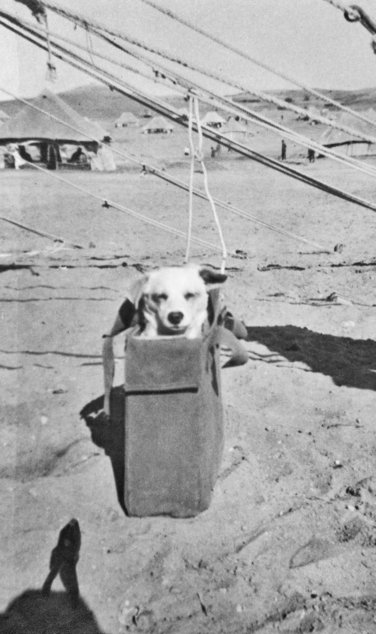
Horrie in the traveling pack troops used to smuggle him through Libya, Egypt, Greece, Crete, Palestine, Syria, and eventually back to Australia. (Image: AWM)
Horrie, a male terrier puppy, was found starving in a Libyan desert in 1941 by Private Jim Moody. He soon became the mascot of the 2/1st Machine Gun Battalion, providing companionship and relief to thousands of Aussie Diggers.
When the soldiers rescued Horrie, they were unaware of his extraordinary capabilities. During the war, Horrie saved hundreds of Australian soldiers with his sharp sense of sound – he could detect the sound of Nazi aircrafts flying overhead well before they were seen by the troops. The dog would sit and face the sky, and let out his distinct, guttural growl to warn the troops to hurry to the trenches. Horrie survived a bomb splinter injury in his leg, and he even endured through Syria’s cold winter, wrapped up in a cloth cut from a soldier’s tunic.
Horrie was successfully smuggled back into Australia despite the strict quarantine regulations stating all animals on board returning to Australia must be destroyed. Horrie and Private Moody lived a peaceful life together after the war finished, but not for long. Horrie gained publicity around Australia as a famous war hero, which caught the attention of Ron Wardle, Commonwealth Director of Veterinary Hygiene. Wardle eventually euthanised Horrie with a dose of cyanide on 12 March 1945. However, some rumours claim Moody handed over a Horrie-look-a-like instead.
After news spread of Horrie’s death, protests around Australia erupted, and Wardle received death threats from the public.
5. Rockie, the fire-fighter
At only four years old, this English bull terrier dragged his beloved owner out of a life-threatening fire. Rockie received the Purple Cross Award at Parliament house in Sydney on 19 November 1997.
While Rockie’s owner was asleep, Rockie caught wind of a fire burning in their house. He jumped against the owner’s closed bedroom door to wake her up. As the flames crawled toward the bedroom, the owner eventually woke up and opened the door, only semi-conscious from the smoke inhalation. Rockie dragged the owner’s body through the flames to safety. According to the RSPCA Purple Cross Recipient report, the owner would have been dead within minutes without Rockie’s heroic actions.
6. The bloke with the donkey

Simpson (right) standing next to his donkey which is carrying a wounded soldier during the Battle of Gallipoli. (Image: AWM)
‘Simpson and his donkey’ is one of the most legendary Anzac stories of World War I. John Simpson Kirkpatrick and his donkey, who went by multiple nicknames, including Murphy, Abdul, and Duffy, demonstrated outstanding fearlessness on enemy lines. The pair’s selflessness and tenacity is the epitome of Australian persistence during the Gallipoli Campaign.
Private Simpson served in the 3rd Australian Field Ambulance during World War I. Shortly after landing on Gallipoli in 1915, Simpson befriended a desert donkey that became his partner in crime. Simpson famously loaded injured soldiers on the donkey’s back to transport them to the dressing station. The two trotted across the front line exposed to gunfire and unarmed. The small donkey ferried dozens of wounded Australian soldiers down the beach amid shrapnel and rifle fire throughout the day and night.
According to legend, Simpson and his donkey saved 300 men at Gallipoli. The donkey was later awarded RSPCA’s Purple Cross for heroism.
7. The four-legged angels
Tank, an Australian rottweiler, and Muck, a Staffordshire terrier, are two canine heroes that saved two-year-old Max Hillier’s life. This incident occurred when the Hillier family was visiting a neighbour at Andergrove near Mackay, Queensland, in 2008. They brought their dog Tank, who they had rescued after being abandoned in a box in front of a local school.
According to the Brisbane Times report, Max was playing in the backyard with Tank and the neighbour’s dog, Muck, when the three of them wandered into the woods near a dam. Max stepped too close to the edge and fell into the dam, leading to what could’ve been a devastating tragedy for the Hillier family.
The two dogs leaped to the rescue and dragged Max out of the water. The neighbour heard loud and frantic barking and rushed to the scene. She found Tank guarding Max, and Muck pacing back and forth between the boy and the dam’s ledge. The police confirmed the drag marks on Max’s wet shirt signified that he was pulled out of the dam by the dogs.
To honour their bravery, Tank and Muck were awarded the Purple Cross.
8. Sarbi, the bomb-sniffer
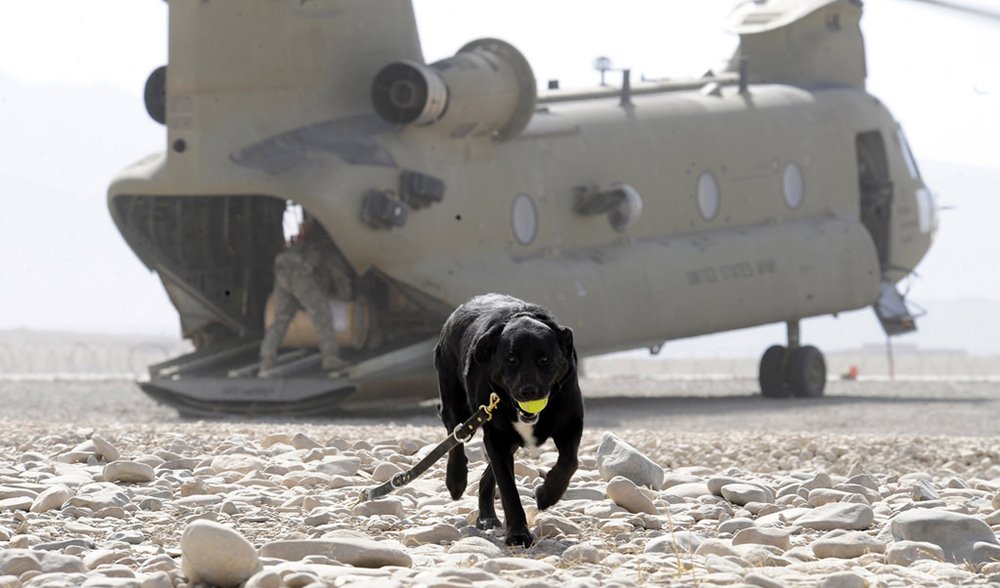
Sarbi was found alive and well after missing in action in Afghanistan. (Image: Lisa / flickr / CC BY 2.0)
Sarbi was a remarkably intelligent hound that became a hero for the Australian Special Forces during the war in Afghanistan. The black lab and Newfoundland-cross was adopted by the Australian Defence Force to become an Explosive Detection Dog (EDD). She had the important task of sniffing out explosives during her several tours of Afghanistan.
Sarbi spent nearly 14 months missing in September 2008 when she disappeared during a nine-hour battle after a Taliban ambush. A gunshot severed the metal clip on Sarbi’s leash, and the wounded and frightened dog limped away from the chaos of bullets and blasted desert sand. The distraught soldiers searched for her after the battle, but Sarbi was declared missing in action after three weeks.
Happily, 13 months later, Sarbi reappeared in healthy condition in an Afghan village, and she was eventually bargained back into the hands of her handler, David. Sarbi received The Purple Cross in 2011.
9. Teka’s CPR miracle
When Jim Touzeau collapsed on the floor of his glass factory in Tinana, Queensland, in 2007 from a heart attack, Teka, his Australian cattle dog, ran to his side. Jim was startled awake to see Teka pouncing on his chest with her two front paws, barking loudly in his face. Teka then ran outside and jumped and barked on the street to attract attention. Teka’s protective instinct saved Jim’s life.
Michael Betty from the RSPCA told the ABC at the time that he was amazed at the dog’s efforts to revive her owner.
Michael and medical experts debate whether or not Teka actually simulated CPR and revitalised her owner’s heart by jumping on his chest. Nonetheless, Teka forced Jim to wake up, which, according to the doctors, prevented his death. Teka received the RSPCA Animal Achievement award for saving Jim’s life.
10. Small but mighty Smoky
This tiny Yorkshire terrier, weighing 1.81kg and standing at 18cm high, fought alongside Australian troops during World War II. Smoky was found in a foxhole in New Guinea and then sold to Corporal William Wynne for two Australian pounds.
In January 1945, Smoky helped engineers lay a communication wire beneath the 21m-wide airstrip on Luzon Island in the Philippines – a dangerous feat that would have taken soldiers three days. They tied a string to Smoky’s collar and the pup led the wire through the pipe in just several minutes. Smoky was the unsung hero behind the activation of the teletype and phone lines between the US and Allied forces.
Later, when Corporal Wynne fell ill with Dengue fever in New Guinea, Smoky slept with him in his hospital bed as a loyal companion. Smoky then served as the first documented therapy dog, helping other wounded soldiers cope with post-traumatic stress for 12 years at the 42nd General Hospital in Brisbane. This extraordinary canine received the RSCPA Purple Cross.
READ MORE:
- Bob the railway dog: icon of Australian history
- Australia’s most popular dog breeds
- Digger mascots: kangaroo gives morale to WWI troops
